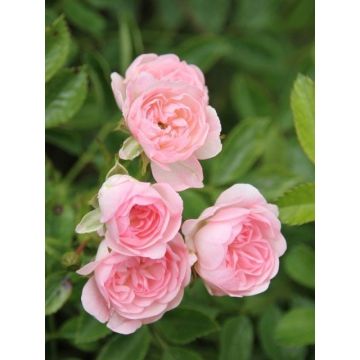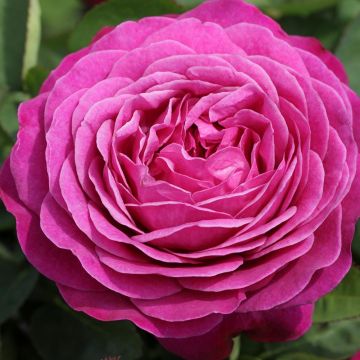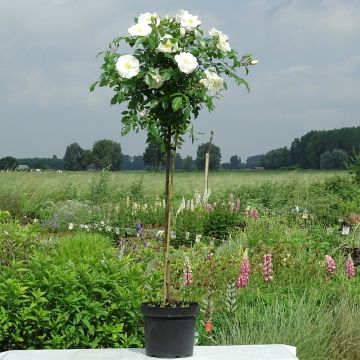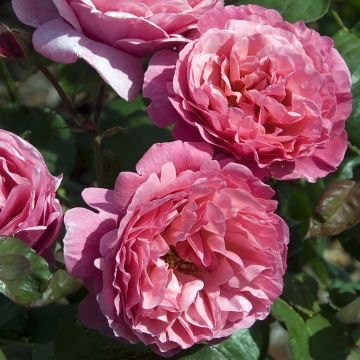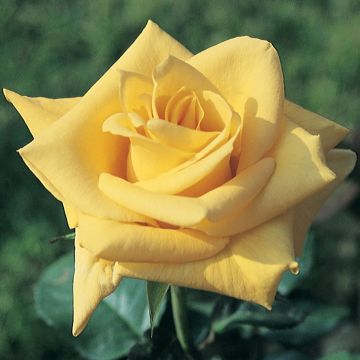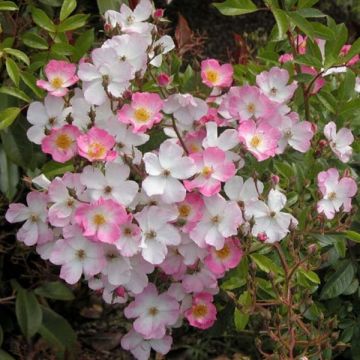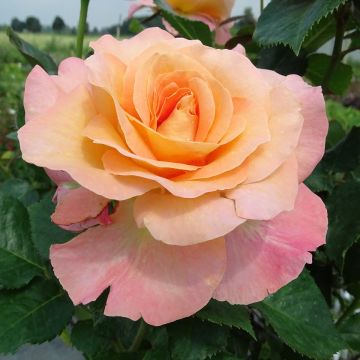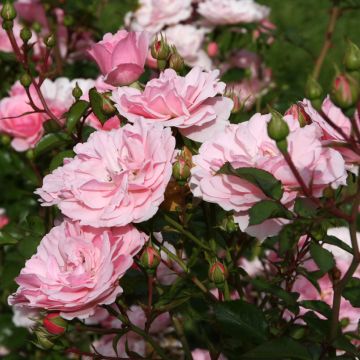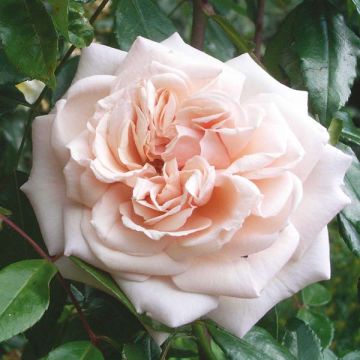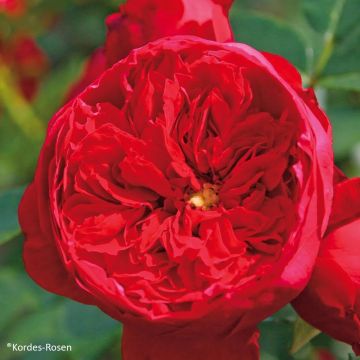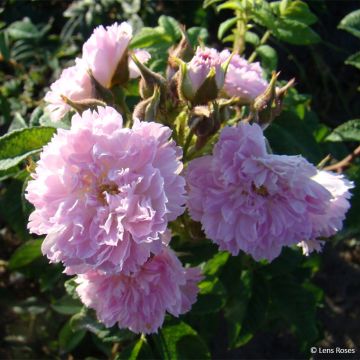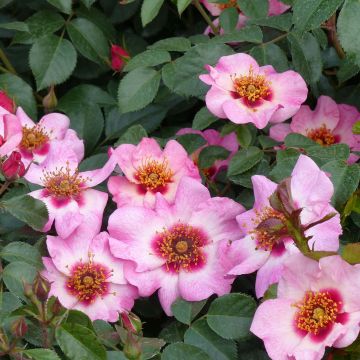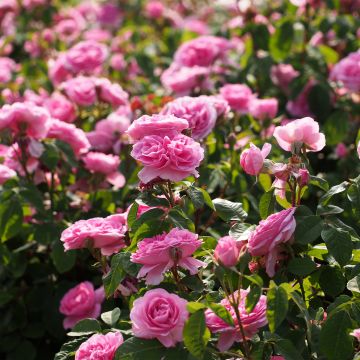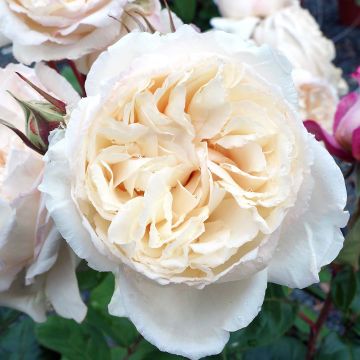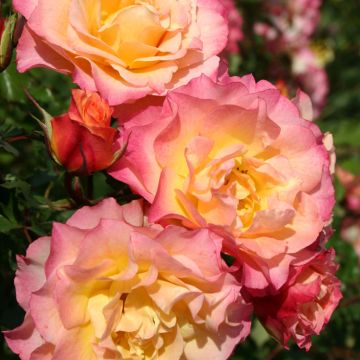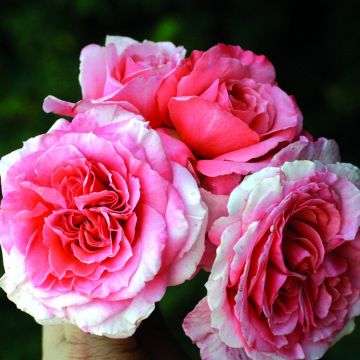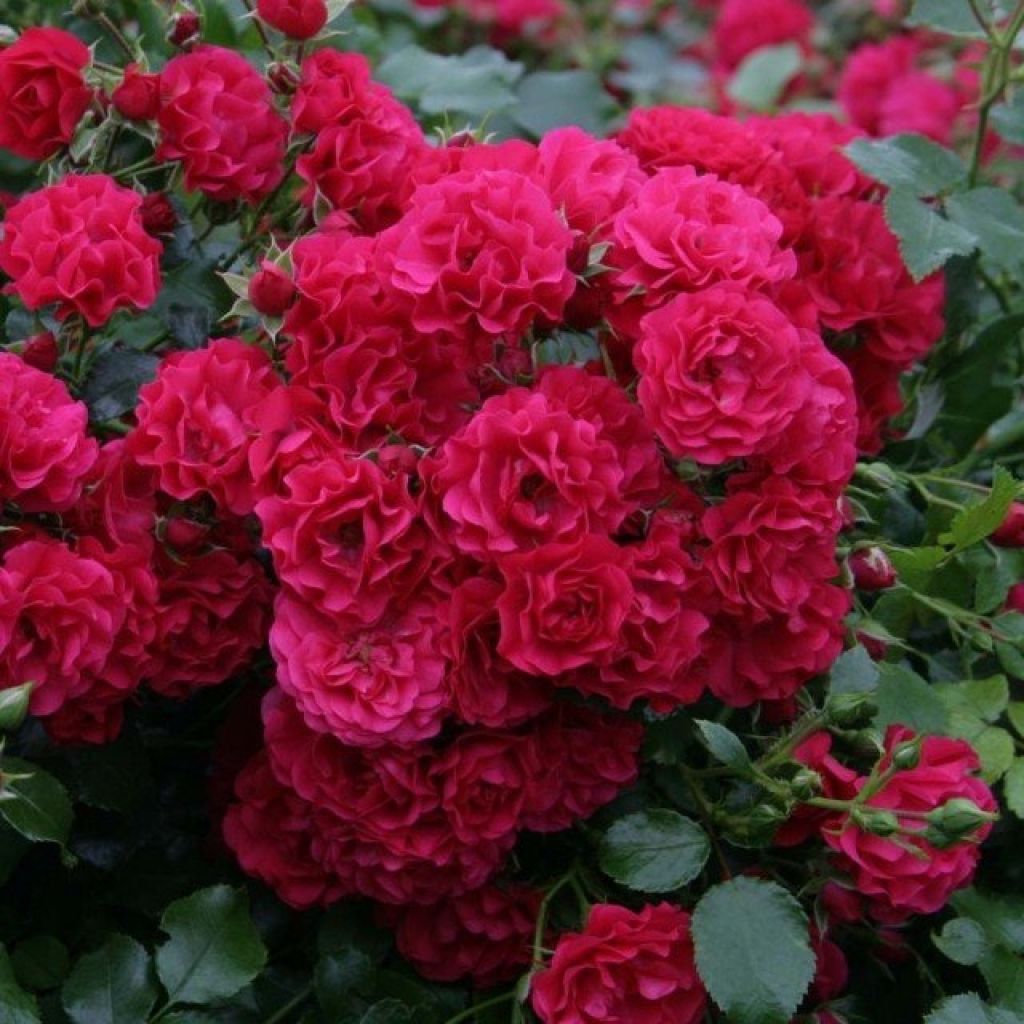

Rosier Toscana sur tige
Rosa x polyantha SANS CONTRAINTES Toscana - Standard Rose
Rosa x polyantha SANS CONTRAINTES® Toscana® 'Korstesgli'
Polyantha Rose
Fantastic and yet it's the first year.
Ariane , 23/10/2024
This item cannot be shipped to the selected country
Oversize package delivery charge from €6.90
Oversize package delivery charge from €6.90
Delivery to Corse prohibited
More information
Schedule delivery date,
and select date in basket
This plant carries a 24 months recovery warranty
More information
We guarantee the quality of our plants for a full growing cycle, and will replace at our expense any plant that fails to recover under normal climatic and planting conditions.
Oversize package: home delivery by special carrier from €6.90 per order..
Express home delivery from €8.90.
Oversize package: home delivery by special carrier from €6.90 per order..
Express home delivery from €8.90.
Delivery to Corse prohibited: UE law prohibits the import of this plant from mainland France to Corse as part of the fight against Xylella fastidiosa. Please accept our sincere apologies.
More information

Does this plant fit my garden?
Set up your Plantfit profile →
Description
The 'Toscana' rose bush grafted on a tall stem will charm with its unique, almost weeping habit and its abundant raspberry red flowering. Its miniature, but very double, roses bloom for months in frothy clusters on a very dense, shiny dark green foliage that remains decorative until the end of the season. Robust and very hardy, this rose from the 'Sans contraintes' series requires little attention and care from even the beginner gardener. It will look proud in the centre of a perennial bed, along a pathway, or in a container on the patio.
Standard roses are obtained by grafting a variety (here Toscana) onto a single, vertical stem belonging to a different rose (Rosa canina, R. laxa or R. multiflora), with the graft being done at a certain height, here at 90-100 cm (35-39in) from the ground. In very cold regions, it may be useful to protect the rootstock in winter.
The flowers of Rosa Toscana ('Korstesgli'), gathered in terminal clusters, come from the polyantha rose, an old hybrid resulting from the crossing of Rosa multiflora and Rosa chinensis. This excellent German variety obtained the highly selective and demanding German A.D.R label in 2001 for its great disease resistance, among other criteria. It was introduced in 1999 by the rose breeder Kordes. Kordes' 'Sans contraintes' roses grow on their own, requiring no pruning or chemical treatments, and will reward tenfold the little care they receive.
Grafted on a stem, the Toscana rose eventually forms a flattened dome that is 60-70 cm (24-28in) wide. The vegetation is dense and covers well, made up of spreading branches covered in prickles. The very double flowers, 3 to 4 cm (1 to 2in) in diameter, gathered in large clusters, are produced abundantly and continuously from May-June to October if the soil remains moist in summer. In this Toscana variety, the flower buds open into spherical flowers composed of a multitude of very undulate petals. The plant develops elegant, dense foliage from spring, with small, thick, shiny leaflets that range from bright green to dark green. The leaves turn yellow in autumn before falling.
The 'Toscana' standard rose looks great when planted in a prominent position, in the centre of a bed, among perennials or low shrubs, in a row along a pathway, near a patio, or even in a large pot on a balcony. It can also be planted in groups of three, arranged in a triangle, or as a solitary specimen on a lawn. It pairs well with perennial geraniums (Geranium Blue Cloud, Anne Folkard, Nimbus, Orion), bellflowers (lactiflora, rapunculoides), catmints, snapdragons, foxgloves... Standard roses are perfect for adding height to shrub roses or groundcover roses.
Report an error about the product description
Rosa x polyantha SANS CONTRAINTES Toscana - Standard Rose in pictures
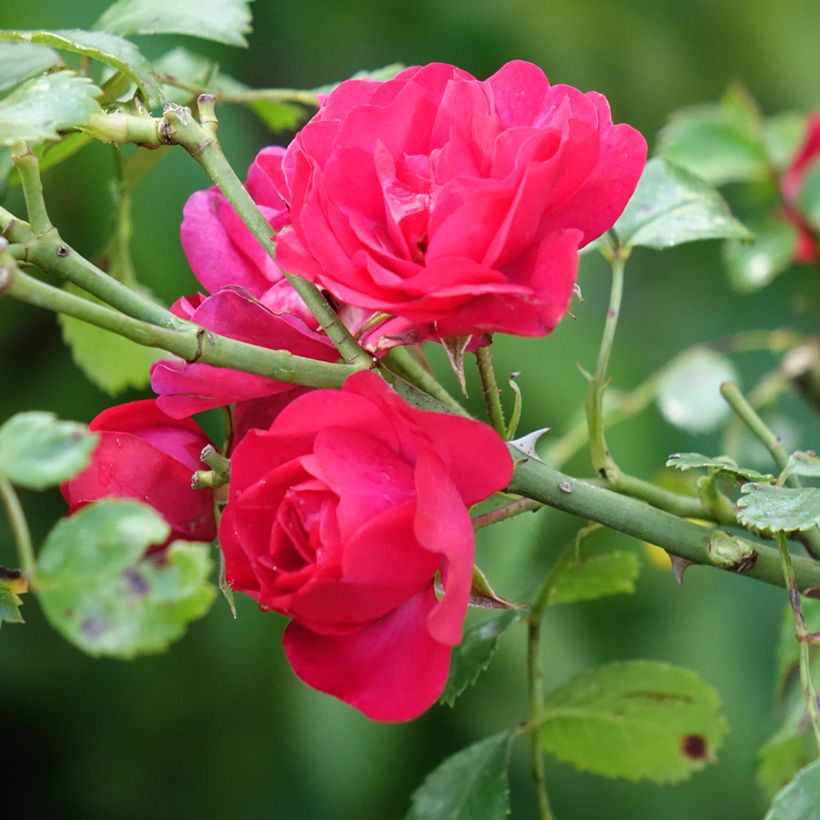

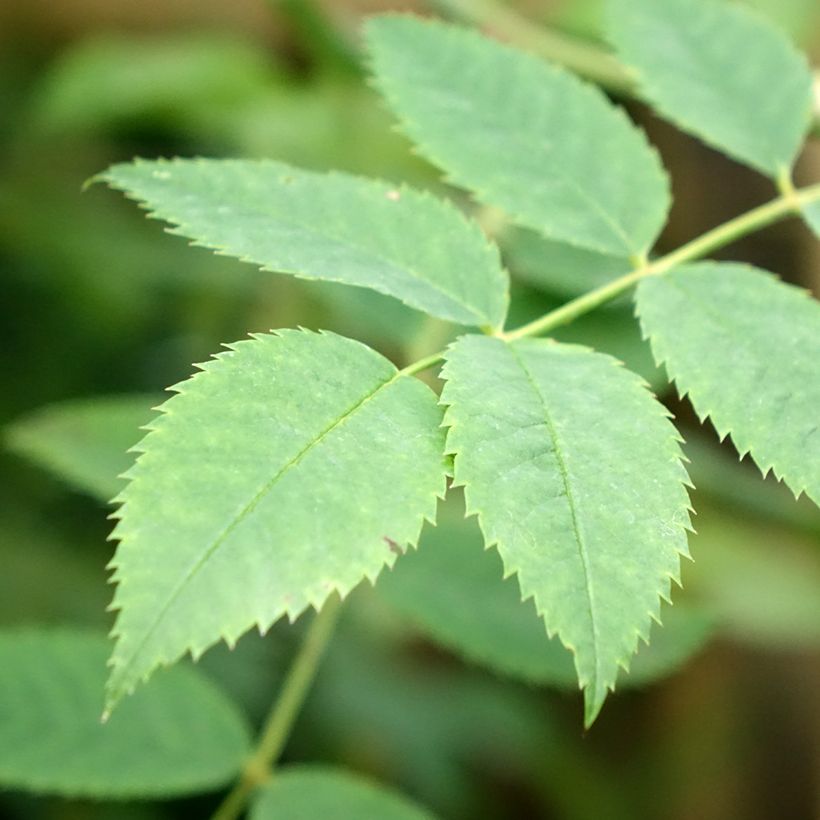

Plant habit
Flowering
Foliage
Botanical data
Rosa
x polyantha
SANS CONTRAINTES® Toscana® 'Korstesgli'
Rosaceae
Polyantha Rose
Cultivar or hybrid
Rosa canina Laxa (Wrapped bare root)
Other Tree Roses - Stem Roses
Planting and care
Rose bushes prefer a sunny location (at least 4 to 5 hours of sun per day), but sheltered from the scorching midday rays and strong winds. Rose bushes appreciate loose, permeable, and rich soils. They prefer a slightly acidic soil, but will adapt to any garden as long as the soil is well-worked and sufficiently rich. To plant your rose bush in a pot, work the soil to a depth of 25 cm, crumbling the soil and adding a base amendment such as bonemeal at the bottom of the planting hole. Position your plant, removed from its pot, covering the top of the root ball with 3 cm (1 inch) of soil, fill in and water thoroughly to eliminate air pockets. In dry weather, regular watering is necessary for a few weeks to encourage rooting. Remember to provide your rose bush with special rose fertiliser that stimulates plant flowering.
In regions with very cold winters, it is advisable to protect the trunk of standard rose bushes by wrapping it in a thick winter cover.
Planting period
Intended location
Care
-
, onOrder confirmed
Reply from on Promesse de fleurs
Roses by purpose
Haven't found what you were looking for?
Hardiness is the lowest winter temperature a plant can endure without suffering serious damage or even dying. However, hardiness is affected by location (a sheltered area, such as a patio), protection (winter cover) and soil type (hardiness is improved by well-drained soil).

Photo Sharing Terms & Conditions
In order to encourage gardeners to interact and share their experiences, Promesse de fleurs offers various media enabling content to be uploaded onto its Site - in particular via the ‘Photo sharing’ module.
The User agrees to refrain from:
- Posting any content that is illegal, prejudicial, insulting, racist, inciteful to hatred, revisionist, contrary to public decency, that infringes on privacy or on the privacy rights of third parties, in particular the publicity rights of persons and goods, intellectual property rights, or the right to privacy.
- Submitting content on behalf of a third party;
- Impersonate the identity of a third party and/or publish any personal information about a third party;
In general, the User undertakes to refrain from any unethical behaviour.
All Content (in particular text, comments, files, images, photos, videos, creative works, etc.), which may be subject to property or intellectual property rights, image or other private rights, shall remain the property of the User, subject to the limited rights granted by the terms of the licence granted by Promesse de fleurs as stated below. Users are at liberty to publish or not to publish such Content on the Site, notably via the ‘Photo Sharing’ facility, and accept that this Content shall be made public and freely accessible, notably on the Internet.
Users further acknowledge, undertake to have ,and guarantee that they hold all necessary rights and permissions to publish such material on the Site, in particular with regard to the legislation in force pertaining to any privacy, property, intellectual property, image, or contractual rights, or rights of any other nature. By publishing such Content on the Site, Users acknowledge accepting full liability as publishers of the Content within the meaning of the law, and grant Promesse de fleurs, free of charge, an inclusive, worldwide licence for the said Content for the entire duration of its publication, including all reproduction, representation, up/downloading, displaying, performing, transmission, and storage rights.
Users also grant permission for their name to be linked to the Content and accept that this link may not always be made available.
By engaging in posting material, Users consent to their Content becoming automatically accessible on the Internet, in particular on other sites and/or blogs and/or web pages of the Promesse de fleurs site, including in particular social pages and the Promesse de fleurs catalogue.
Users may secure the removal of entrusted content free of charge by issuing a simple request via our contact form.
The flowering period indicated on our website applies to countries and regions located in USDA zone 8 (France, the United Kingdom, Ireland, the Netherlands, etc.)
It will vary according to where you live:
- In zones 9 to 10 (Italy, Spain, Greece, etc.), flowering will occur about 2 to 4 weeks earlier.
- In zones 6 to 7 (Germany, Poland, Slovenia, and lower mountainous regions), flowering will be delayed by 2 to 3 weeks.
- In zone 5 (Central Europe, Scandinavia), blooming will be delayed by 3 to 5 weeks.
In temperate climates, pruning of spring-flowering shrubs (forsythia, spireas, etc.) should be done just after flowering.
Pruning of summer-flowering shrubs (Indian Lilac, Perovskia, etc.) can be done in winter or spring.
In cold regions as well as with frost-sensitive plants, avoid pruning too early when severe frosts may still occur.
The planting period indicated on our website applies to countries and regions located in USDA zone 8 (France, United Kingdom, Ireland, Netherlands).
It will vary according to where you live:
- In Mediterranean zones (Marseille, Madrid, Milan, etc.), autumn and winter are the best planting periods.
- In continental zones (Strasbourg, Munich, Vienna, etc.), delay planting by 2 to 3 weeks in spring and bring it forward by 2 to 4 weeks in autumn.
- In mountainous regions (the Alps, Pyrenees, Carpathians, etc.), it is best to plant in late spring (May-June) or late summer (August-September).
The harvesting period indicated on our website applies to countries and regions in USDA zone 8 (France, England, Ireland, the Netherlands).
In colder areas (Scandinavia, Poland, Austria...) fruit and vegetable harvests are likely to be delayed by 3-4 weeks.
In warmer areas (Italy, Spain, Greece, etc.), harvesting will probably take place earlier, depending on weather conditions.
The sowing periods indicated on our website apply to countries and regions within USDA Zone 8 (France, UK, Ireland, Netherlands).
In colder areas (Scandinavia, Poland, Austria...), delay any outdoor sowing by 3-4 weeks, or sow under glass.
In warmer climes (Italy, Spain, Greece, etc.), bring outdoor sowing forward by a few weeks.

































